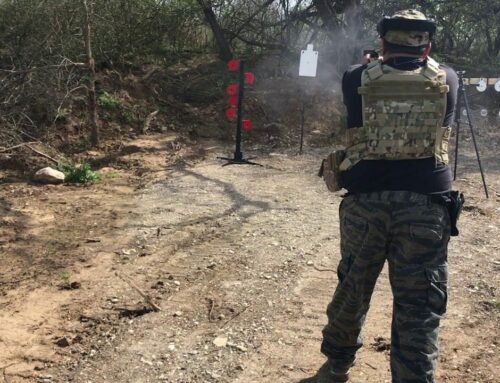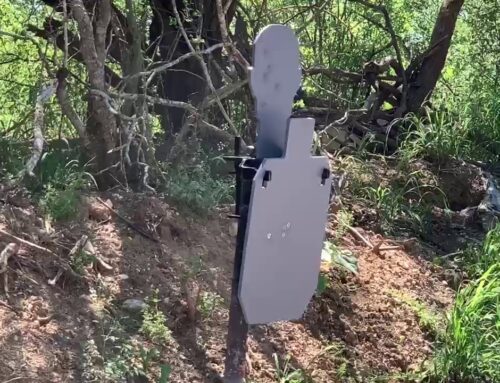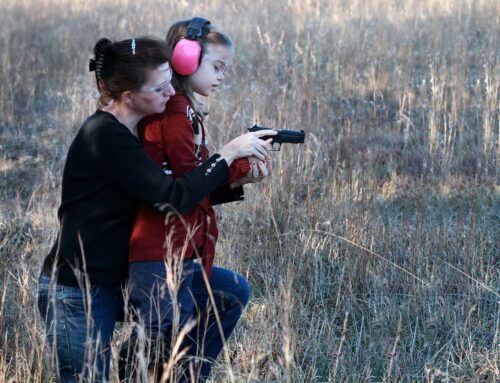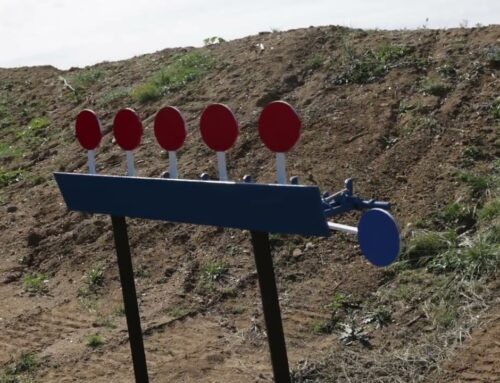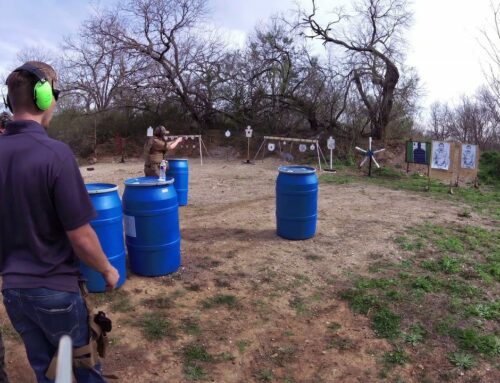It seems like Precision Rifle Series and long range shooting in general have really taken off these days, so it makes sense to talk about long range shooting tips, and how to improve, right?
What about when you’ve gotten over the basics and find yourself plateauing though? Maybe you can’t quite reach past 600 yards reliably, or your groups aren’t quite as tight as you want, or you find yourself timing out on a lot of PRS stages? What then?
I wanted to address some more advanced info and things to do to improve once you hit that level. Let’s get into it.
Master Dry-Fire Practice
Or try to, anyway. Dry-fire practice is a huge part of getting better with any shooting sport, but especially so when it comes to long range precision shooting where your trigger pull is so very important.
Any small errors that you may not even notice at 100 yards are compounded exponentially as you start reaching out to longer and longer ranges. That smooth, even trigger pull has to be perfect…every single time.
The best way to practice this is at home, with a good dry-fire regimen. We recommend at least a few minutes a day, maybe as long as a half hour if you’re getting close to your next match or just want to seriously improve your shooting.
Check, double-check, and then triple-check that your firearm is in a safe condition, and pointed in a safe direction, and then settle down behind it like you would if you were getting ready to shoot. Fire a few “shots” this way, and then if you’re doing any PRS competition stuff, try moving around and firing from different positions, with the gun supported on different objects.
This will also help you get used to moving with the gun, getting it set up quickly, and firing from unusual or uncomfortable positions, all of which you’ll have to excel at to win most PRS matches.
Memorize Your D.O.P.E. Card
You do have a D.O.P.E. card, right?
For those of you who don’t know, a D.O.P.E card is not a drug thing. Depending on who you ask, the acronym stands for either Data On Previous Engagements or Data On Personal Equipment.
D.O.P.E. cards contain info on how much your bullet will drop over distance, and drift with wind, when fired from your particular rifle.
This card will help you quickly and easily adjust your scope based on different ranges and changing wind conditions, which is especially important when you’re hunting, or shooting in a timed competition stage.
For that reason, it’s best to have the card somewhere handy.
Practice Reading the Wind
Learning to read the wind is probably the most difficult part of long-range shooting, and also the least scientific. We shooters have all kinds of formulas and conversions and other sound mathematical concepts to handle things like gravity, wind resistance, and even the curvature and rotation of the Earth…but wind is a little different.
Reading the wind on your own is more of an art than a science, and is one of those things you’ll just have to practice to get better at. Look at grass, small shrubs, and the like to get the angle and speed of the wind, dial in your guess based on what your D.O.P.E. card says, and fire off a shot?
Did you hit? If not, readjust and try again. Once you get dialed in, make a note of what your windmarkers are doing, and go from there.
Of course, there other ways to practice this as well. For one, you can get a wind meter. Wind meters, particularly ones that also work as ballistic calculators, can be a huge help to a shooter in the field, but they’re also great for practice. With one of these, you can estimate the wind yourself, and then double check it with the wind meter to confirm. This is a great way to practice when you can’t get to the range.
Keep in mind though, a wind meter isn’t going to remove the need to be able to read the wind. Remember, if you’re shooting at a target a half mile away, the wind might be different all the way out there, and is likely different along the bullet’s flight path as well.
That’s why it’s important to be able to read the wind all the way to your target, not just at your shooting position, which is what the meter will tell you. If you have to make a quick shot, the wind about 2/3rds of the way to your target is the most important to account for, but in general you want to take in as much of the information on the way to your target as possible.
Having said that, what if there’s no grass, no trees, and no shrubs where you’re shooting? What if you need something else. Well, it’s time to get a spotting scope. Or at the very least, a very, very, very nice rifle scope.
Why? Because you’re going to have to look for mirage. Mirage is the sort of wavy-line “heat wave” effect you see when your scope is just slightly out of focus. You can use these lines and their orientation to gauge which way air currents are moving, and use that to identify wind speed and direction.
Parting Shots
The world of long range shooting is an exciting one, not just because of the sheer fun of shooting at extreme distances, but also because of the vast amount there is to learn. This is a sport in which you never, ever stop learning and improving, and there’s always something new to master.
Improving and practicing the skills and techniques above will help any shooter get better, whether you’re a hunter, casual target shooter, or serious PRS competitor.


